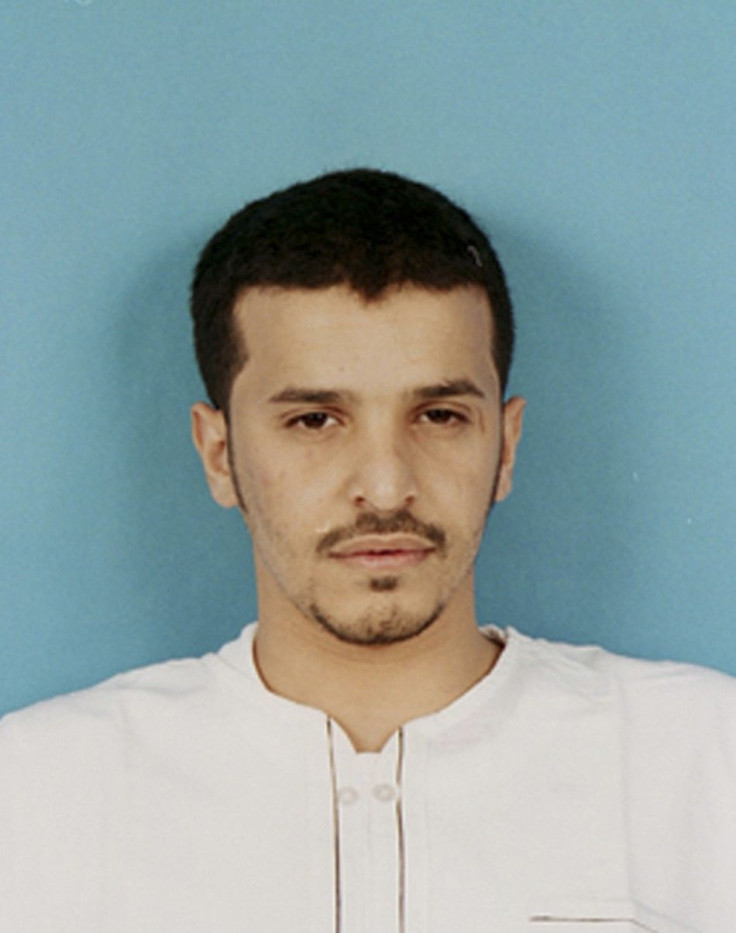Khorasan, Al-Qaeda's Avatar, Is Planning Direct Attacks On US And European Spots

Khorasan. That is the name of a low lying but growing terrorist group that the Syrian war seems to have fuelled. That is what American intelligence agencies have reported to Washington, which is currently focusing on its war with the Islamic State, or ISIS.
Khorasan is gearing up to attack the U.S. and Europe much more than even ISIS, according to James Clapper, National Intelligence Director at a meeting on Thursday. While the Islamic State is flexing its muscles in the Middle East, the Khorasan does it even better, as it targets the U.S. and foreign countries, even the planes.
Khorasan is led by the terror horror, Ibrahim al-Asiri, who earlier created the "underpants and printer cartridge bombs," according to Daily Mail. The bombs were not identifiable, because they did not have metal components. Those incidents have inspired al Qaeda fighters to create a new plan to bomb U.S. planes. They have made explosives that are tough to identify, and are roping in some militants with European and American passports to inject and blow up the planes.
The plan has increased security checks at more than 20 foreign airports, in order to keep a vigil on planes that are destined to reach the U.S. However, officials have not released any "credible threats". CBS reported that laptops and phones with non-functional batteries are impermissible.
Former CIA deputy director Mike Morell agreed that a group of militants from Al-Qaeda-central, on the Afghanistan-Pakistan border have joined the fight. "Khorasan members came from Pakistan," he said. "They focus on attacks in the West." They are trying to persuade westerners who have escaped to Syria, believing that tourists with U.S. or European passports will be able to covertly bomb planes by smuggling them into planes.
Khorasan is a newer arm, but not enough is known about it. Its members are ex-Al-Qaeda members from the Middle East, North Africa and South Asia. They focus on secret explosives to carry out terrorist activities.
Middle East experts assert that Khorasan is driven by a goal of signing up European and American Muslim militants who visit Syria to fight Islamist extremist groups that are fighting Syria's Assad government. Khorasan is trying to piggy-back on citizens with American and European passports, so that they can attack Western targets. Khorasan is Al-Qaeda's avatar. The goal of bomb-detection experts is to take such bombs and match them with US-born jihadists.
The Khorasan threat is therefore "direct" and deadly, mainly because President Obama's anti-IS strategy has deflected their attention. Unlike other groups, it has many branches in Syria. Due to the terror centred Syrian zone, there might be sudden shifts in the next threat.
The plan is founded on earlier attacks. On Christmas, 2009, former British student Umar Farouk Abdulmutallab tried to blow up a plane over the U.S. His plot had failed, so al-Asiri in 2010 tried to smuggle "Semtex-style explosives in Hewlett-Packard printer ink cartridges." They were hidden in a UPS Airline cargo flight by two women who came from Yemen. However, they were found out at East Midlands Airport and stopped from flying when they were headed towards Chicago.
Some had reported that Al-Asiri had been killed by U.S. drone attacks in April 2014. However, the rumour collapsed when DNA samples did not verify the theory. Hence, people think that he is still free and dangerous. CIA chief John Brennan defended that they are 'doing what we can' to track him down. U.S. officials conceded that there have been no "credible threats to the homeland". However, the speculations on "specific organizations...should be left to a classified setting," according to Daily Mail.
The concentration on ISIS has stoked smaller organizations to be created like side-effects of a healing system that treats only the symptoms, not the cause of the disease. 33-year-old Muhsin al-Fadhli is one of the leading lights in the section. He was among the few who knew about the 9/11 terror attacks before it happened. When the U.S. invaded Afghanistan, many travelled to Pakistan, Syria, Iran and other countries and formed smaller groups. In 2012, he was the leader of the Iranian branch of Al-Qaeda. He was managing "the movement of funds and operatives" and wooing "jihadist donors" in Kuwait. He has been well known since 2005, when George Bush referred to him with regard to a French oil tanker being bombed.





















